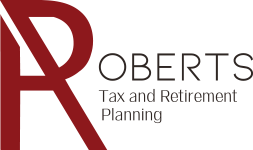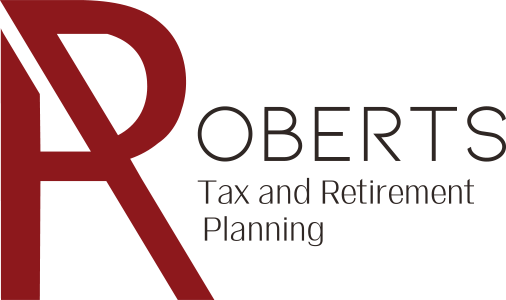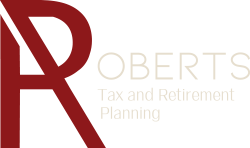Starting to prepare for filing taxes now can help you avoid penalties for late payments, get your refund quicker, and avoid tax fraud. Following are some useful tax planning tips to help you get started.
Check Your Withholding
Now that the tax laws have been updated, it’s worth checking your W-4s and taking a look at your withholding. You don’t want to withhold too much or too little. Here are the tax withholding tables that are applicable under the new tax law. Keep in mind that if you are self-employed, you won’t have any wages withheld and you will need to make estimated payments instead.
When to Update Your Withholding
If you’ve just taken on a second job or switched your job, you should probably update your W-4s. If your income goes up, you will owe more to the IRS. The same applies if your household income went up. If you lost your job or were between jobs for a few months during the year, you will probably owe less.
If you’ve recently had a major life change, such as the birth of a child, you may owe fewer taxes and as such, the amount you need to have withheld may have changed. A recent marriage or divorce can also change your withholding requirements.
Check Whether You Need to Pay an RMD
Required Minimum Distributions must be taken out of most retirement plans that have a tax-advantaged status. An exception is a Roth IRA. You must take out an RMD every year once you turn 70 and a half years of age.
Make the Most of Your Deductions
Now is the time to see whether you can maximize your deductions and whether there are any deductions that you have forgotten. The standard deduction this year will be $12,00 for individuals. If you’ve been taking itemized deduction every year until now, you may want to switch to a standard deduction this year.
For professional tax planning advice, contact us today.








